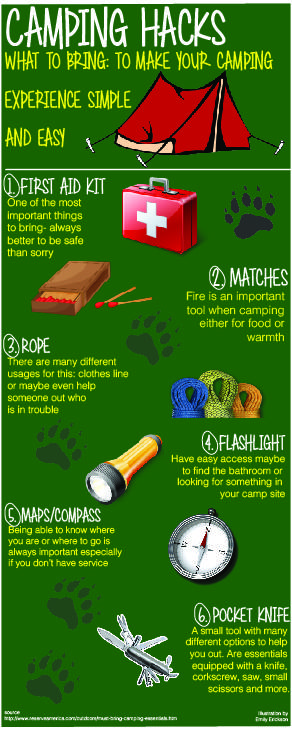Tapping Your Full Potential In Selling Camping Tents Online
Tapping Your Full Potential In Selling Camping Tents Online
Blog Article
How to Establish a Camping tent
A camping tent isn't as hard to establish as it may seem. With technique, it can be carried out in regarding 10 minutes or less.
Can a 3 person tent fit a queen air mattress?
Initially, expanded the groundsheet or tarp. Next, assemble the tent poles (most are folded up and held together by shock cable.) Each end suits a slot on the tent or through plastic clips that break on the ends.
Place
Picking the right place for your outdoor tents is necessary to a comfortable camping experience. It is necessary to pitch your camping tent in an area that is free of rocks, branches and various other journey dangers. In addition, you must pick a location that is faraway from food preparation and bathroom areas to avoid the smoke of campfires and various other camping area tasks from drifting right into your tent.
Furthermore, you must try to find a level place that goes to the very least as huge as your outdoor tents. It's also an excellent concept to set a ground cloth to protect your tent from tripping and various other troubles.
If you do not have stakes, pare some branches to make them long enough to anchor your tent. Alternatively, you can use broken tree branches. These are usually sturdier than the sticks that feature your outdoor tents. Ideally, it's finest to practice setting up your tent in the house prior to your journey to ensure you know how to do it correctly.
Poles
Usually, outdoors tents have either one post for every end that form a triangle or numerous little, straight camping tent poles. Some tents additionally have a rainfly that supplies additional protection from wind and rainfall. Examine the camping tent's instructions for information on just how to establish the poles and the rainfly.
Find a level area that is large sufficient for your camping tent, free of sharp rocks and branches and reduced places where water might collect. Set the impact or ground cloth and set up the tent body, matching each edge of the camping tent cpai-84 to the corner of the impact.
After that fit the tent posts into their sleeve or clip at their connection factors in the camping tent fabric and elevate the camping tent. Tie down the outdoor tents with ropes or stakes, depending on your camping area surface. Think about utilizing shock cord such as dyneema core rather than normal cord at risk factors as it has much less stretch and holds the camping tent much more solidly.
Rainfly
Prior to you leave, if it's not raining, shelter your backpack and any type of exterior stuff pocket from the weather to keep your gear dry. Also, if the camping tent is wet and you're packing up in the rain, guard it as high as possible (under your pack or a tree).
Prior to you begin putting away your camping tent, take a moment to put down a ground cloth or impact (optional). This will certainly help maintain dust and particles from entering the camping tent where you'll sleep. It will also provide extra insulation from the cold.
Individual Lines
Since you have actually checked out and complied with the directions, popped in your outdoor tents posts and obtained your rainfly in position (and it appears like a tent), it's time for the guy lines. Like a ship needs anchors, your outdoor tents requires these extra assistance lines to ensure architectural stability when faced with wind and other weather condition elements.
A lot of tents have little loopholes, called guy loops or individual line loops (some rainflys additionally have grommets), that you can use to connect the guy line to. If not, you can additionally utilize a larks foot or hangman's noose knot to link the free end of the line to a risk or other support. Make sure your anchor is pushed in at a 45-degree angle, to raise the resistance to pressures pulling on the individual line. The tension on the lines must be tight sufficient to keep tent form and security, but not so tight that it places stress on the camping tent textile or seams.
